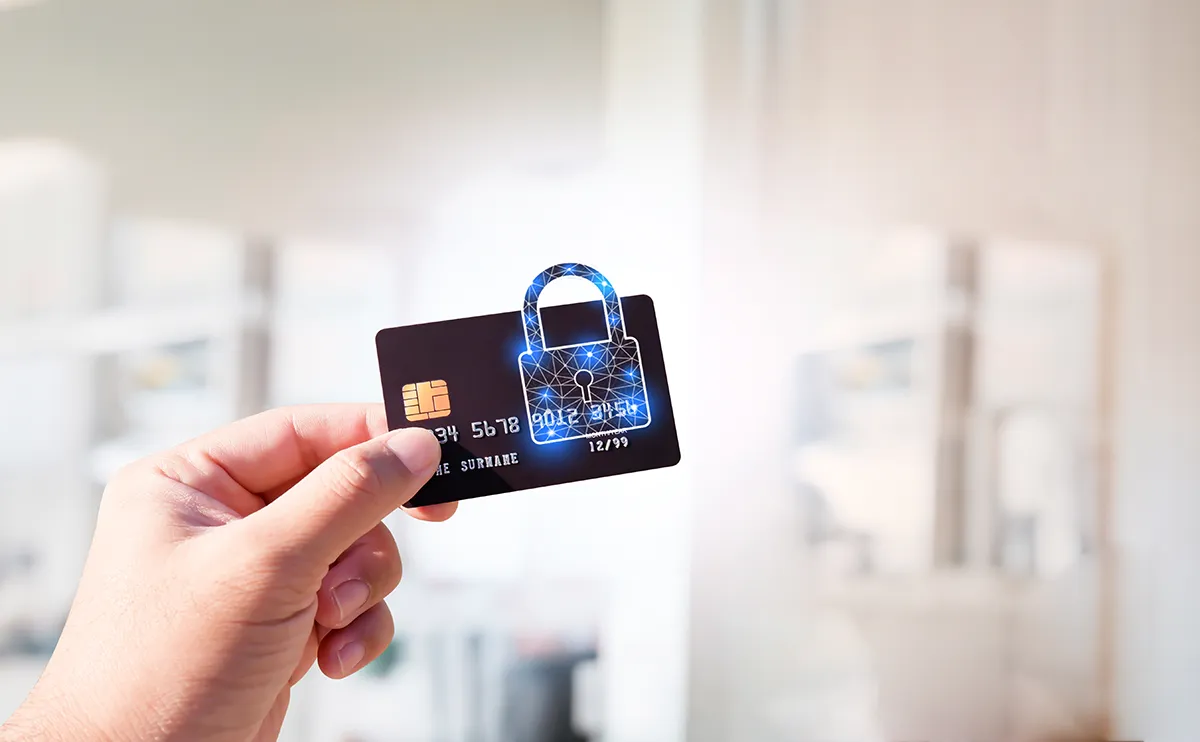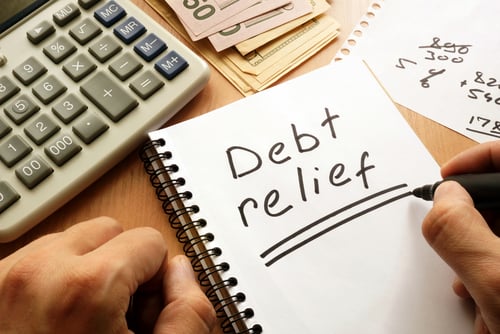How Much are Banks Costing You?
One of the many benefits of adhering to a detailed, written monthly budget is that you can develop and maintain a very clear idea of each of your monthly expenses in a variety of categories.
For instance, when necessary expenses such as housing, food, transportation and utility bills are individually itemized, you become able to determine how much money you have left over for “wants,” as well as for debt repayment and savings. You’re also able to determine whether you’re getting proper value for your money – and if you should consider changes to your spending habits.

For instance, over the past several years, many people have “cut the cord” from an expensive monthly cable bill in favor of lower-cost streaming video services such as Netflix and Hulu. One simple change such as this can save as much as $1,000 or more every year! Saving money on home entertainment is a good example of cutting costs – but have you ever considered how much your bank is costing you? That’s right – your bank. Let’s take a closer look.
How Do Banks Make Money?
Many people lack a basic understanding of how banks make money. It may sound obvious, but banks are a business – just as much a business as are the auto mechanic down the block or that expensive restaurant you’ve been wanting to try. In other words, banks are in it for the money.
From an early age, we’re conditioned to try to save money in a bank account, and of course, putting aside money for savings is a good idea. It’s even a better idea for banks – you know why? Because banks make money by granting loans at higher interest rates than they pay customers who build balances in savings accounts.
This is the simplest explanation of net interest margin, which you can think of as the difference between the interest expense that a bank charges its borrower customers and the interest income that it grants to its customers through their bank accounts. But that’s not the only way that banks make money.
ABC
Bank Fees
Ahhh, now we get to the nitty-gritty. There are all sorts of fees that banks charge their customers for the privilege of maintaining a savings and/or checking account (that banks then utilize to accumulate net interest margin). Some fees are larger than others, some fees are prone to occur more frequently than others – but just about all bank fees are avoidable with careful monitoring of your behavior.
There are overdraft fees, ATM fees, monthly maintenance fees, paper statement fees, inactivity fees – even account closure fees when you get completely fed up and want to move on! Oh – and let’s not forget the interest expense associated with high-interest rate credit card debt that your bank will be more than happy to provide.
These bank fees and charges are a major profit center for banks – but falling prey to them adds absolutely nothing to your quality of life! So, how do we put a stop to all of this and take better control of our financial well-being? Awareness is the first step.
Overdraft Fees
Banks frequently assess overdraft fees on their customers, yet they are easily avoidable with careful planning. Overdraft fees aren’t cheap – they average $35 at larger banks (Citibank, Chase, Wells Fargo, Bank of America) and are assessed when a customer withdraws or initiates a debit card transaction that forces the account balance into the negative.
Even after the overdraft fee, some banks continue to charge additional fees daily if the account balance remains negative. Overdraft fees are considered regressive, as they penalize individuals who are already cash strapped and can ill afford the added charge. Best way to avoid overdraft fees? Remain aware of your account balance when using your debit card and always keep track of your scheduled automatic payments so as not to get overdrawn.
Even better – opt out of any overdraft service that is attached to your checking account. This way, worst case is that an attempted transaction or withdrawal will get denied for lack of funds – but you will not incur any overdraft fees. You can also set up “low-balance alerts” on your mobile banking app so that you are notified when your account is getting close to zero.


ATM Fees
The average ATM fee at the four larger banks is $2.50, but for some bank customers, the frequency of the ATM fee can make this expense add up quickly. Plus, that’s not even the whole story.
When a customer uses an out of network ATM, there actually are two charges involved – the fee to use the out of network ATM and the ATM surcharge. What this means is that the average total ATM fee in 2018 was $4.68 – and this figure has averaged an annual increase of 4.7% over the past twenty years. Best way to avoid ATM fees?
Do some research. Most banks offer a network of surcharge-free ATMs listed on their website, and it has become increasingly common for grocery stores to offer cash back for no fee at the point of sale. Take advantage.
Monthly Maintenance Fees
Banks charge monthly maintenance fees when customers fail to meet minimum balance requirements on their checking accounts. In 2018, the average monthly service fee for a non-interest bearing checking account was $5.57 and $14.35 for interest-bearing accounts. The good news here is that 41% of non-interest bearing accounts have no minimum balance requirement and charge no fees.
For those accounts that do charge maintenance fees, the average balance required to avoid the fee was $631.31, the lowest figure since 2011. However, only 8% of interest-bearing checking accounts have no minimum balance requirement and charge no fees. The most common monthly maintenance fee on these checking accounts is $25 – or $300 per year.
The average balance requirement to avoid fees on these accounts was $6,319.17. Therefore, if you’re consistently not meeting that minimum balance threshold on your interest-bearing checking account, and you’re not considering switching to another (online) – bank with more favorable terms – including higher savings rates and no minimum balance requirements – you’re throwing away $300 on monthly maintenance fees each year.


Bank Credit Cards
No discussion of bank fees would be complete without mentioning high-interest rate unsecured credit card debt. Unless you’re enjoying a low rate introductory promotional rate on your bank credit card, you are likely paying an APR of 14.9% or higher (quite possibly 19.9% or higher).
Maintaining a balance of revolving debt month after month on multiple credit cards issued by your friendly neighborhood fee-collecting bank is the beginning of the end of your financial peace of mind. But the banks love it, and they’d prefer you not learn about debt consolidation, debt settlement, and debt management plans. However, you should consult additional articles on this website to learn about these forms of debt relief.
More Bank Fees
Banks will be more than happy to charge you a few dollars every month for a paper statement. The solution here is simple – go paperless. Meantime, if you leave your account dormant for a year or more, expect to be hit with an inactivity fee of $50 – all for the privilege of doing nothing! The solution here is to use your account – write a check, make a deposit, perform a transaction of some kind.
Finally, be careful not to bounce a check, as you should expect a “returned-item fee” of around $35 when you write a check that is not backed by sufficient funds in your account. Similar to guarding against overdraft fees, the solution here is to remain aware of your account balance and consider instituting low-balance alerts on your mobile banking app.

Are you in debt? we can help

About The Author: Steven Brachman
Steven Brachman is the lead content provider for UnitedSettlement.com. A graduate of the University of Michigan with a B.A. in Economics, Steven spent several years as a registered representative in the securities industry before moving on to equity research and trading. He is also an experienced test-prep professional and admissions consultant to aspiring graduate business school students. In his spare time, Steven enjoys writing, reading, travel, music and fantasy sports.
Get Debt Relief
Speak with licensed debt specialists dedicated to guiding you toward financial stability every step of the way.

Ready To Get Started?
See if you qualify for debt relief. Get a Free savings estimate to see how quickly you can be debt free.
Embrace financial freedom with our tailored solutions, expert guidance, and unwavering commitment to your success.
Experienced Professionals
Our experienced team has helped thousands of clients successfully eliminate debt and regain financial freedom.
Customized Solutions
We know every financial situation is different, so we design personalized debt relief plans to fit your specific needs and goals.
High Success Rate
Our proven debt relief strategies deliver real results. With a strong track record of success, we help clients achieve lasting financial stability.
Confidential Consultation
Your privacy is our priority. All debt relief consultations are 100% confidential and handled with the highest level of discretion.
Explore other blogs











